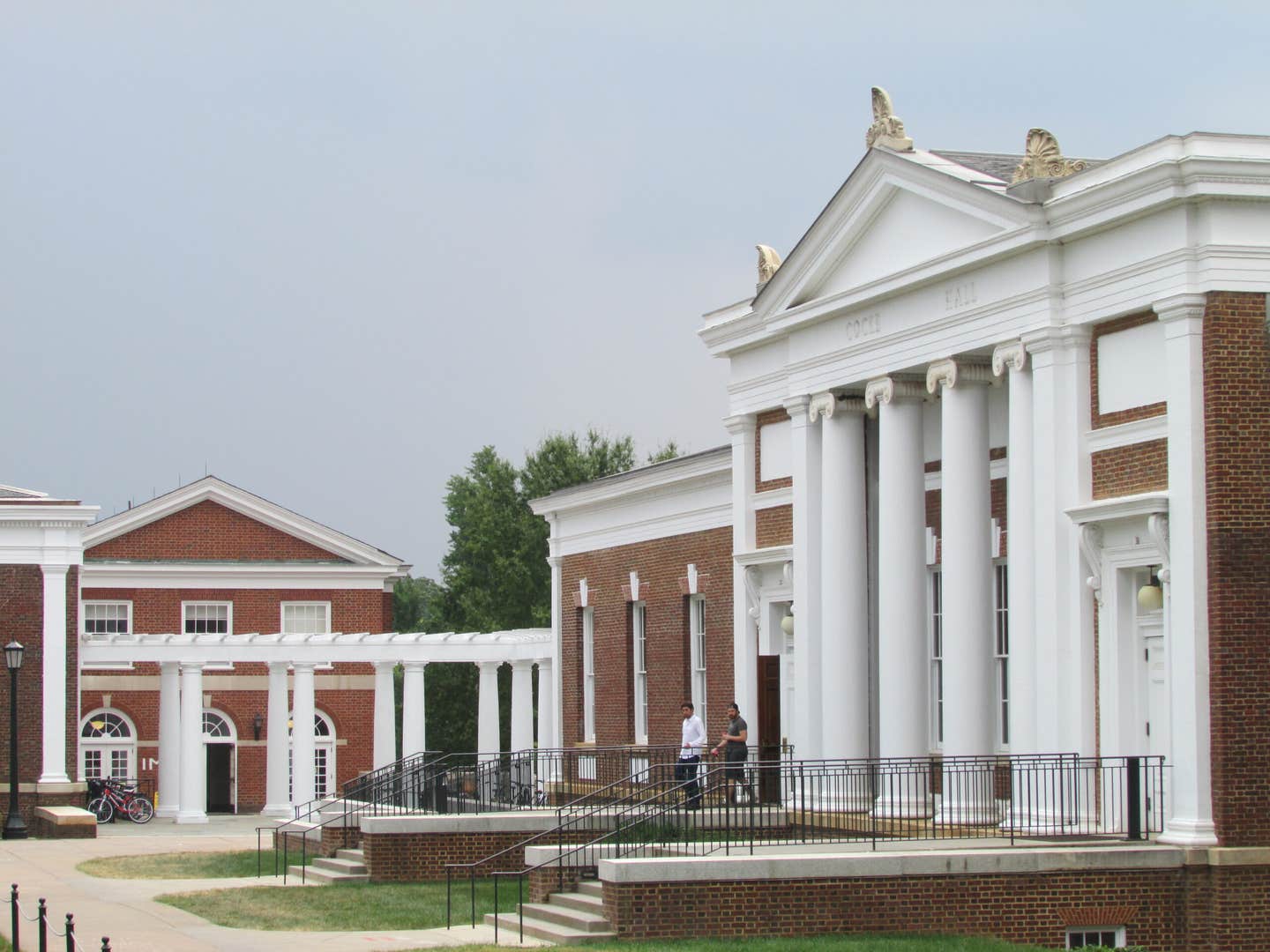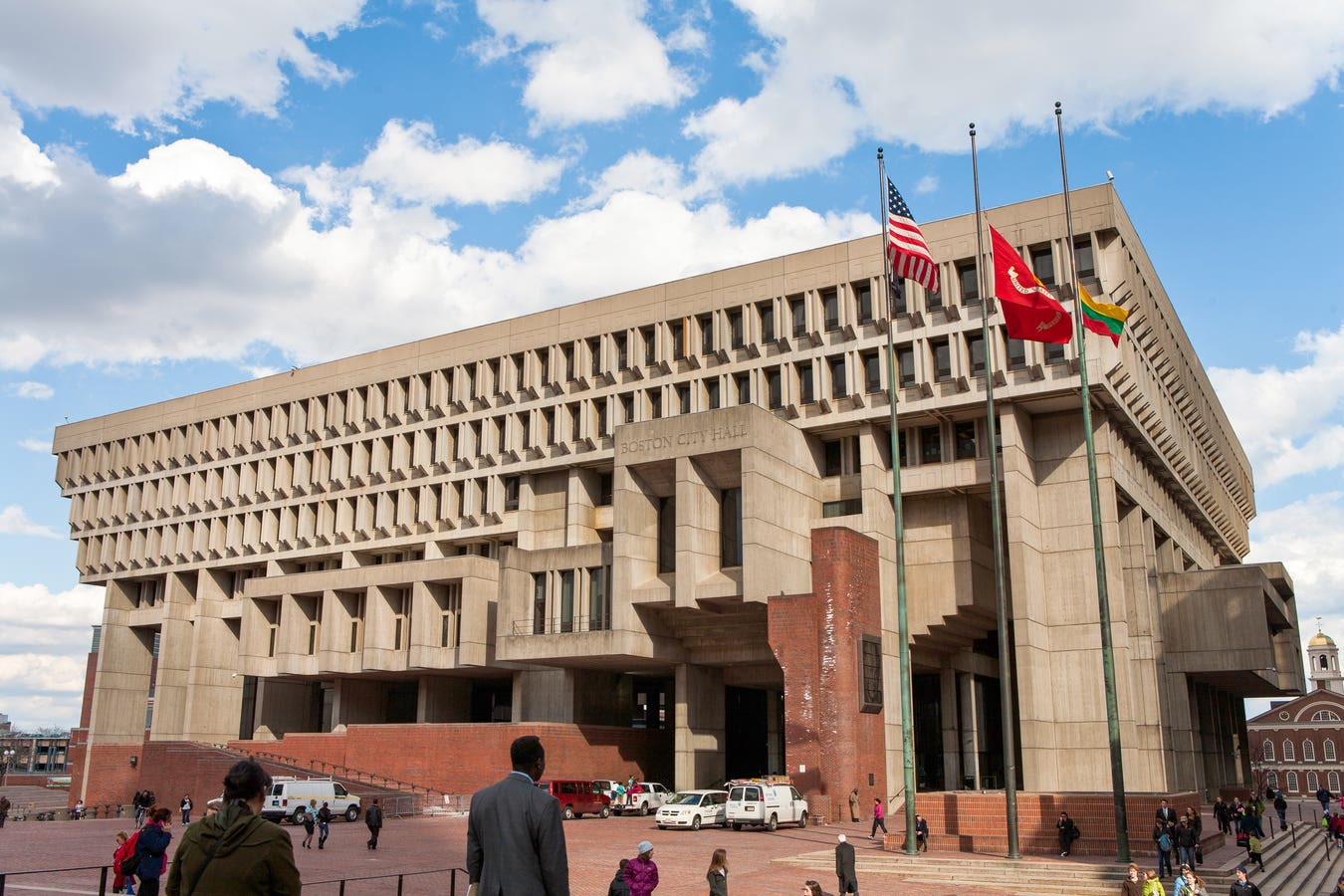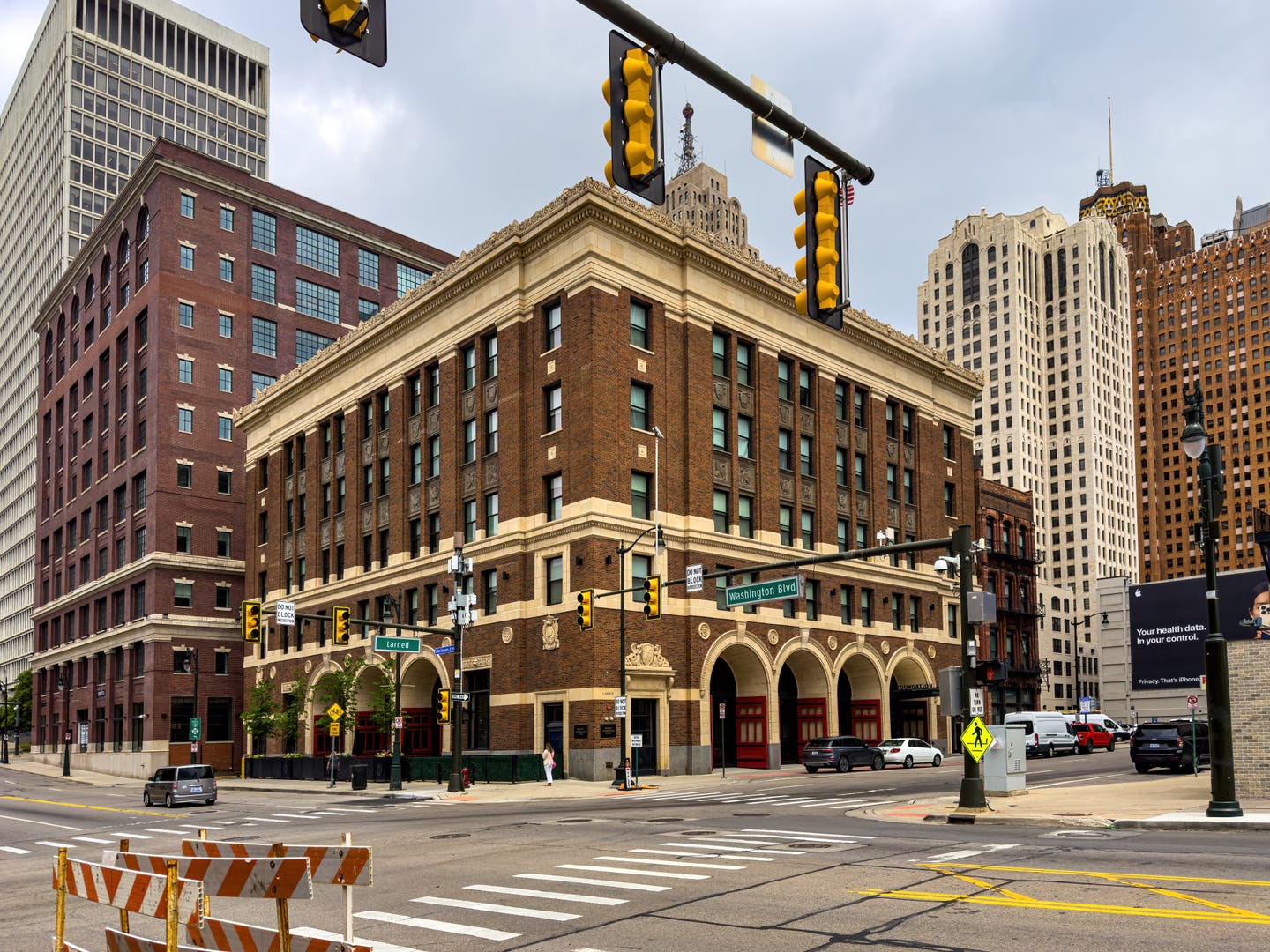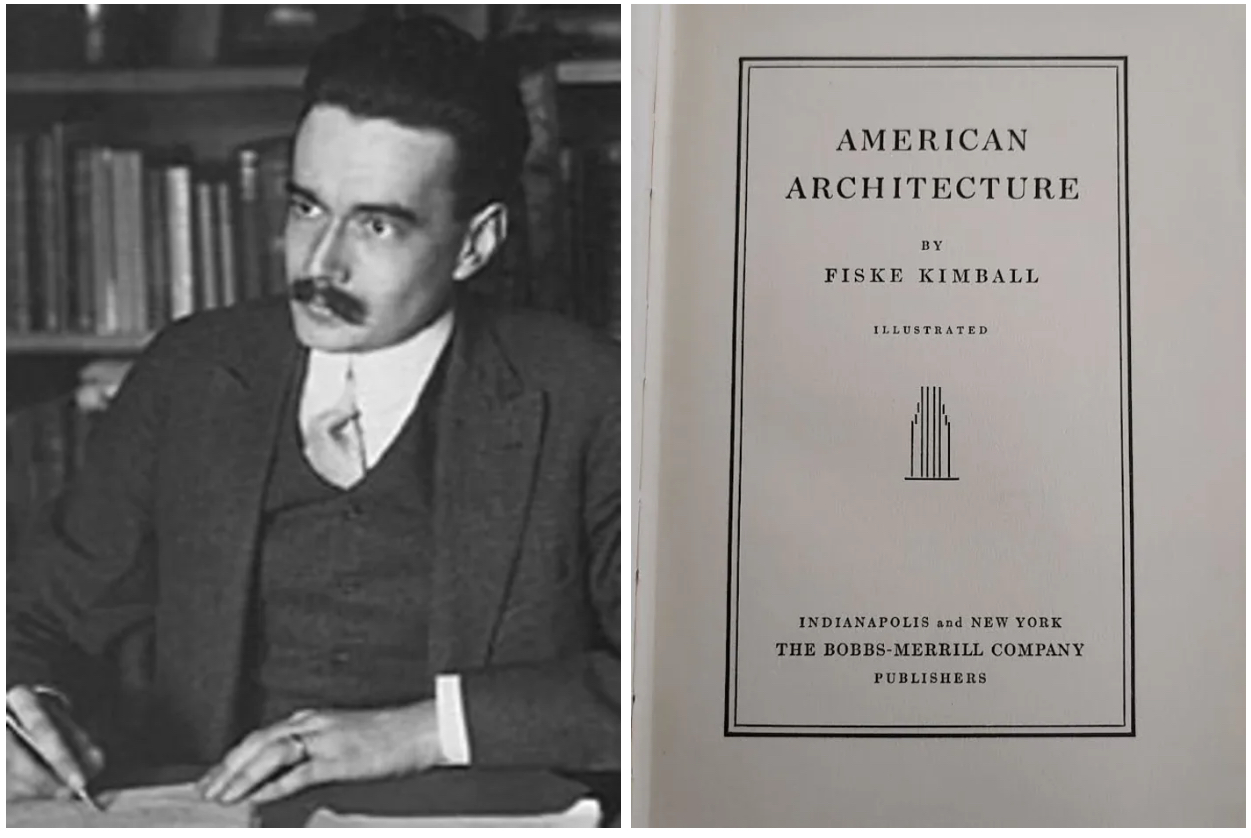
Peter Miller
What I Learned at the NAHB Building System’s Council Summit in October 2023
Early in my career I worked at the National Housing Center, on 15th and M St. NW, Washington D.C., headquarters for the National Association of Home Builders. Our company published BUILDER magazine which served the members of the NAHB nationwide.
I was back in the building this month, to attend the NAHB’s annual Building Systems Council Summit, a two-day education and networking event for the builders and suppliers of component-constructed housing and commercial buildings. This is factory-built housing, shipped, and installed with a tall crane,in big components. The designs aren’t that pretty, and never “classical,” but the building process promises to be faster, with less labor required, a partial solution to the labor shortage plaguing the construction industry.
I am always impressed by the presentations on SIPs panels, and believe, mostly, in the energy savings they achieve. But I wonder if they let a house breathe fresh air, or if they trap the scourge of traditional buildings: moisture. The timber frame home builders I met at this Summit like to hang SIPs on their timbers, no shivering timbers with SIPs!
I gave a presentation called “What Home Buyers Want,” based on research we do among people who say they are in the market to build or buy a new house. To summarize this research: homebuyers are trending younger 35-45 as millennials earn more money and begin their families. House sizes are on average 2,300 square feet and getting more expensive. We have a “housing affordability” problem in the mainstream of the market, even though material prices have “stabilized,” since the frenzied pandemic. It looks to me like the low end and the very high end of the housing market are most active, but the middle is challenging for both builders and buyers.
The top ten states for population growth are the states with low taxes and sunny weather. But production housing in these markets is way off the peak. Housing permits this year vs. last are down 16% in Texas, 15% in Florida and 17% in California.Year- over- year single family housing permits are down everywhere except Maryland.
Home builders and their suppliers told me they have worked through most of their backlogs and are seeking new work, which is coming in more slowly this year, especially the second half of 2023. Builders who were quoting high prices 18 months ago,because they didn’t need the work or couldn’t fit it in their schedules, are now back to competitive bidding against other builders.
Architects tell me they are busy doing the planning and budgeting for projects, but clients are slower to decide to move ahead with these projects. With all the bad news in the world now, it’s no wonder buyers are nervous and more cautious. There are, of course, exceptions to this among the very wealthy.And millennials are inheriting an estimated $11 trillion from the baby boomers.
At the Building Systems Summit, Assistant Vice President of NAHB’s Forecasting and Analysis office, Ms. Danushka Nanayakkara gave us this housing forecast: “Higher Rates for Longer.” That is, interest rates will more likely go up again before they come down. “Six percent mortgage interest rates are as low as we will ever see them again,” she declared. With these higher rates, builder confidence fell.
But it’s not bad unless you compare things to the pandemic period which was an aberration! Single family housing starts have, and will, look like this, according to NAHB:
2020: 1,003,000 S.F. units +13% YOY
2021: 1,132,000 S.F. units +13%
2022: 1,004,000 S.F. units -11%
2023: 905,000 S.F. units -10%
2024: 946,000 S.F. units +5%
2025: 1,027,000 S.F. units +8%
“Multi-family housing has one million units under construction,” we were told. This is huge. Investors like the high rental rates. The scarcity and affordability of single-familyhousing drives more people to rental apartments. Anecdotally, in the traditional building market, we see strong activity in luxury apartment renovations.
NAHB’s economist also told us that lumber prices havestabilized. In September lumber is $431 per board foot, down from the peak of $1,515 in early 2021. Gypsum prices have also slowed to a 3% increase over the past ten months vs. what were 20% increases.
Another change since the pandemic aberration is the average time from start to completion for single-family homes, completed in 2022. In 2021 it was 7.1 months. In 2022 6.5 months according to NAHB’s tabulation of data from the U.S Census.
The medium-term outlook for residential construction, according to the NAHB forecast I attended this month is this:
- Interest rates will ease and normalize.
- Single-family home building will lead the “recovery.”
- Demand will return and prevail as millennials, the largest population cohort in history, buy and build houses.
Next month I will interview two building industry economists for our “ Building Tradition” podcast. Kermit Baker, chief economist for the American Institute of Architects and the afore mentioned Danushka Nanayakkara, of the National Association of Home Builders will tell us what they see in their 2024-2025 crystal ball. Listen in!
Peter H. Miller, Hon. AIA, is the publisher and President of TRADITIONAL BUILDING, PERIOD HOMES and the Traditional Building Conference Series, and podcast host for Building Tradition, Active Interest Media's business to business media platform. AIM also publishes OLD HOUSE JOURNAL; NEW OLD HOUSE; FINE HOMEBUILDING; ARTS and CRAFTS HOMES; TIMBER HOME LIVING; ARTISAN HOMES; FINE GARDENING and HORTICULTURE. The Home Group integrated media portfolio serves over 50 million architects, builders, craftspeople, interior designers, building owners, homeowners and home buyers.
Pete lives in a classic Sears house, a Craftsman-style Four Square built in 1924, which he has lovingly restored over a period of 30 years. Resting on a bluff near the Potomac River in Washington, D.C., just four miles from the White House, Pete’s home is part of the Palisades neighborhood, which used to be a summer retreat for the District’s over-heated denizens.
Before joining Active Interest Media (AIM), Pete co-founded Restore Media in 2000 which was sold to AIM in 2012. Before this, Pete spent 17 years at trade publishing giant Hanley Wood, where he helped launch the Remodeling Show, the first trade conference and exhibition aimed at the business needs and interests of professional remodeling contractors. He was also publisher of Hanley Wood’s Remodeling, Custom Home, and Kitchen and Bath Showroom magazines and was the creator of Remodeling’s Big 50 Conference (now called the Leadership Conference).
Pete participates actively with the American Institute of Architects’ Historic Resources Committee and also serves as President of the Washington Mid Atlantic Chapter of the Institute of Classical Architecture & Art. He is a long-time member of the National Trust for Historic Preservation and an enthusiastic advocate for urbanism, the revitalization of historic neighborhoods and the benefits of sustainability, including the adaptive reuse of historic buildings.








